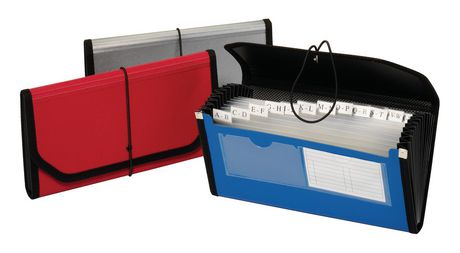Bookkeeping
Information
Bookeeping is just cateloging fiancial source documentation. Each individual may have her/his own way for record keeping, but businesses tend to follow a common categorization for benchmark purposes.
It would be a pleasure to be at your service in completing your bookkeeping needs, and we only ask that you...
Please follow the information within the Source Documentation Retention section.
However, In completing this process yourself, there are a couple things you should be aware of.
- The items you may wish to attain for source document retention, and
- The typical reports that you may wish to utilize.
Source Documention Retention
You are going to need a place to store all your receipts. Yes, you could put all of these documents in a shoe box, but wouldn't it be easier to categorize them in the unlikely event you need a receipt to return something, making it less time consuming to locate receipts?
We are suggesting that you categorize your receipts by month within the tax year, in a simple filing system such as an expanding file folder.
Some individuals even use two sizes. One for the letter/legal size receipts and one for the roller type receipts.


Please note that you should keep your receipts for at least seven (7) years; this includes the current year.
Unless we are completing your bookeeping needs, than we'll hold on to them.
Reports
There are three main business reports (Financial Statements)...
- The Balance Sheet
- The Equity Report
- The Income Statement
These reports are tied into one another. In that the Income Statement is part of the Equity Report which is in turn part of the Balance Sheet.
(Which is why they are listed in reverse order below.)
The Income Statment
- Shows the financial standings over a period of time, and
- It lists all Revenues, Cost Of Goods Sold (COGS), and Expenses.
The Equity Report
- Shows a picture of the investment standings at a specific point in time.
- It lists contributions and withdrawls of the owner(s)/shareholder(s), and
- Includes the financial summary of the Income Statement (Net Income/Loss).
The Balance Sheet
- Shows a picture of the financial standings at specific point in time,
- It lists all Assets, Liabilities, and Investments (Equity Report), and
- It gets it's name from the fact that it follows a formula that must balance.
'Assets = Liabilities + Equity'
